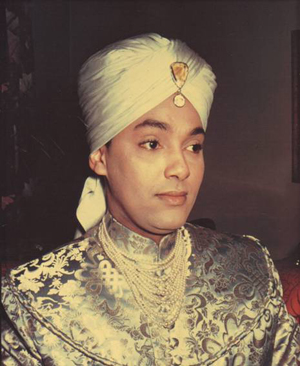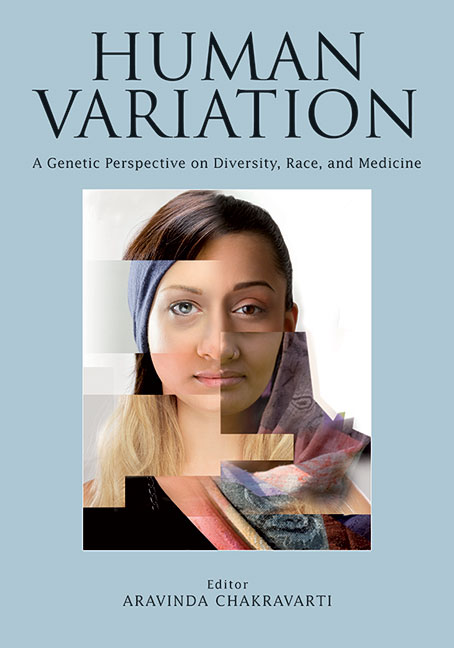Retracing Slavery’s Trail of TearsPosted in Articles, History, Louisiana, Media Archive, Slavery, United States, Virginia on 2015-10-22 00:02Z by Steven |
Retracing Slavery’s Trail of Tears
Smithsonian Magazine
November 2015
Edward Ball, Lecturer in English
Yale University
/https://public-media.smithsonianmag.com/filer/64/44/6444819b-6bd6-4839-96ea-eacf625b136e/nov2015_l09_slavetrail-web-resize-v3.jpg) A coffle of slaves being marched from Virginia west into Tennessee, c. 1850. (Abby Aldrich Rockefeller Folk Art Museum, Colonial Williamsburg Foundation, Williamsburg, Virginia) |
Edward Ball is the author of five books of nonfiction and a lecturer in English at Yale University. His book, Slaves in the Family (1998) won the National Book Award and was a New York Times bestseller.
America’s forgotten migration – the journeys of a million African-Americans from the tobacco South to the cotton South
When Delores McQuinn was growing up, her father told her a story about a search for the family’s roots.
He said his own father knew the name of the people who had enslaved their family in Virginia, knew where they lived—in the same house and on the same land—in Hanover County, among the rumpled hills north of Richmond.
“My grandfather went to the folks who had owned our family and asked, ‘Do you have any documentation about our history during the slave days? We would like to see it, if possible.’ The man at the door, who I have to assume was from the slaveholding side, said, ‘Sure, we’ll give it to you.’
“The man went into his house and came back out with some papers in his hands. Now, whether the papers were trivial or actual plantation records, who knows? But he stood in the door, in front of my grandfather, and lit a match to the papers. ‘You want your history?’ he said. ‘Here it is.’ Watching the things burn. ‘Take the ashes and get off my land.’…
…New Orleans, the biggest slave market in the country, had about 50 people-selling companies in the 1840s. Some whites went to the slave auctions for entertainment. Especially for travelers, the markets were a rival to the French Opera House and the Théâtre d’Orléans.
Today in New Orleans, the number of monuments, markers and historic sites that refer in some way to the domestic slave trade is quite small. I make a first estimate: zero.
“No, that’s not true,” says Erin Greenwald, a curator at the Historic New Orleans Collection. “There is one marker on a wall outside a restaurant called Maspero’s. But what it says is wrong. The slave-trade site it mentions, Maspero’s Exchange, was diagonally across the street from the sandwich place.”…
…Developing the exhibit, Greenwald and her team created a database of names of the enslaved who were shipped from the Eastern states to New Orleans. William Waller and his gang, and other hundreds of thousands arriving by foot, did not leave traces in government records. But people who arrived by ship did.
“We studied hundreds of shipping manifests and compiled data on 70,000 individuals. Of course, that is only some.”
In 1820, the number of ships carrying slaves from Eastern ports into New Orleans was 604. In 1827, it was 1,359. In 1835, it was 4,723. Each carried 5 to 50 slaves.
The auction advertisements at the end of the Slave Trail always said, “Virginia and Maryland Negroes.”
“The words ‘Virginia Negroes’ signaled a kind of brand,” Greenwald says. “It meant compliant, gentle and not broken by overwork.
“One thing that is hard to document but impossible to ignore is the ‘fancy trade.’ New Orleans had a niche market. The ‘fancy trade’ meant women sold as forcible sex partners. They were women of mixed race, invariably. So-called mulatresses.”
Isaac Franklin was all over this market. In 1833, he wrote the office back in Virginia about “fancy girls” he had on hand, and about one in particular whom he wanted. “I sold your fancy girl Alice for $800,” Franklin wrote to Rice Ballard, a partner then in Richmond. “There is great demand for fancy maids, [but] I was disappointed in not finding your Charlottesville maid that you promised me.” Franklin told the Virginia office to send the “Charlottesville maid” right away by ship. “Will you send her out or shall I charge you $1,100 for her?”
To maximize her price, Franklin might have sold the “Charlottesville maid” at one of the public auctions in the city. “And the auction setting of choice was a place called the St. Louis Hotel,” Greenwald says, “a block from here.”…
Read the entire article here.




